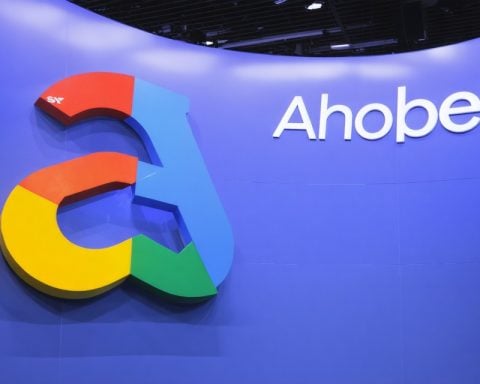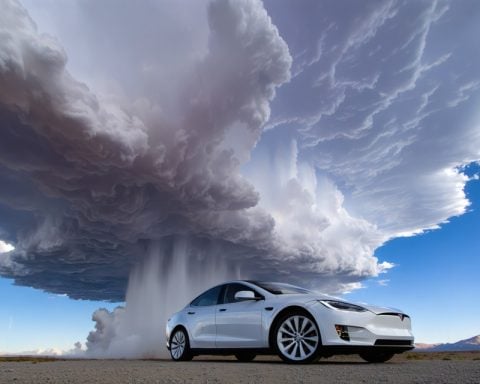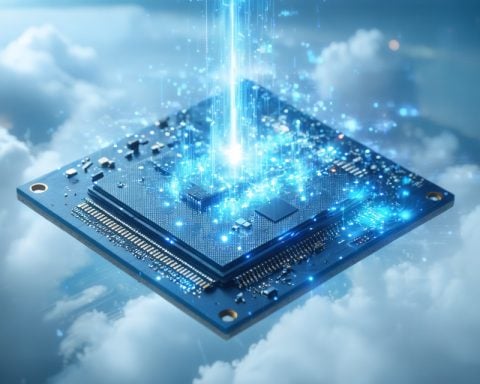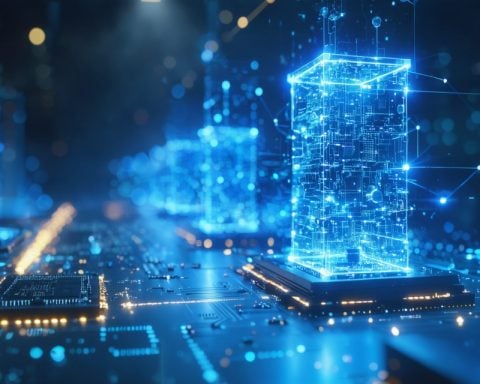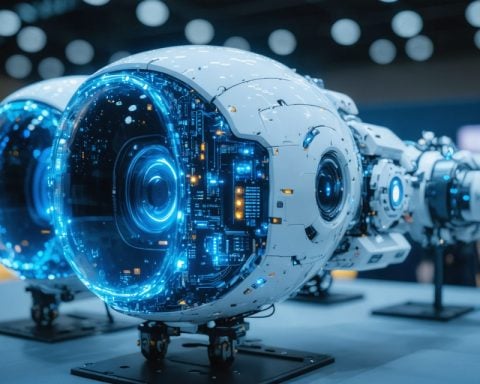Shares of Nvidia experienced a slight dip, approximately 3%, even though the company reported exceptional third-quarter earnings exceeding expectations. The ongoing momentum, largely fueled by the artificial intelligence (AI) hardware market, seems unstoppable. But how sustainable is this growth trajectory?
A Closer Look at Nvidia’s Financial Performance
Nvidia, a tech titan with a market cap of $3.6 trillion, continues to show remarkable growth. The company reported a staggering 94% increase in third-quarter revenue, reaching $35.1 billion compared to the anticipated $33.2 billion. This surge is primarily driven by its data center segment, which sells cutting-edge graphics processing units (GPUs) crucial for AI applications.
Despite facing a competitive landscape, Nvidia maintains substantial pricing power, reflected in its impressive 75% gross margin. The leadership team plans to introduce new products, notably the Blackwell-based AI chips, expected to significantly surpass the capabilities of previous GPU generations. However, the pace of growth is decelerating, with earlier quarters showing heightened sales increases of up to 265%.
The Uncertain Future of AI
Although analysts predict the AI sector could soar to $990 billion in revenues by 2027, the industry remains speculative. Companies are just beginning to integrate AI technology beyond initial experiments, potentially straining supply chains. Such conditions could elevate Nvidia’s profit margins further. Yet, historical parallels with past tech booms caution against unchecked optimism.
Only a small fraction of U.S. companies have integrated AI, and notable players like OpenAI face financial challenges. As Nvidia continues to innovate, its future over the next three years may involve slowing growth and recalibrated investor expectations. Nevertheless, the stock maintains an attractive valuation, suggesting limited potential downside given existing market conditions.
Is Nvidia’s AI Dominance Under Threat? Uncovering the Implications for Global Economies
As Nvidia spearheads the AI hardware market, the ripples of its success are felt far beyond Wall Street. The latest financial results paint a vivid picture, yet the path ahead is fraught with challenges and opportunities that could reshape economies, communities, and individual livelihoods worldwide.
Nvidia’s Influence on Global Supply Chains
The rise of Nvidia is emblematic of the broader AI surge, with implications that reach into global supply chains. The need for cutting-edge GPUs is redefining manufacturing landscapes, impacting regions dependent on semiconductor production. Countries like Taiwan, South Korea, and China play central roles. Their infrastructural and technological investments will dictate how swiftly and efficiently AI hardware rolls out globally.
However, supply chain dependencies present a vulnerability. Disruptions—be it due to geopolitical tensions or natural disasters—can have cascading effects on global economies. The semiconductor shortage during the COVID-19 pandemic is a stark reminder of this potential bottleneck. Can such regions weather the storm if another crisis hits?
AI’s Reach: Transforming Communities
AI technologies powered by Nvidia’s products are transforming communities by revolutionizing healthcare, education, and transportation. For instance, AI-driven diagnostic tools offer rural areas improved healthcare access, while autonomous vehicle technologies redefine urban planning in smart cities.
Yet, the integration of AI also evokes concerns about job displacement, particularly in sectors like manufacturing and logistics. As automation accelerates, workers—often in low-skill positions—face the risk of redundancy. Thus, communities must adapt swiftly to ensure economic inclusion. How will these transitions maintain social harmony and economic equity?
Environmental Considerations: A Double-Edged Sword
Nvidia’s tech innovations promise energy efficiency through smarter AI applications, yet the production and operation of GPUs demand significant energy. The environmental footprint of AI growth is contentious; balancing advancement with sustainability is crucial. The pursuit of green technologies and renewable energy sources gains urgency as data centers expand.
As more companies invest in eco-friendly initiatives, Nvidia’s commitment to reducing its carbon footprint could serve as a catalyst. Will this lead to more sustainable tech production, or will it merely shift environmental impacts elsewhere?
Advantages and Disadvantages of Nvidia’s Ascendancy
Advantages:
– Accelerated innovation across industries, from healthcare to renewable energy.
– Economic growth driven by technological advancements and new market opportunities.
– Enhanced global connectivity and the digitization of services.
Disadvantages:
– Possible monopolistic behaviors, stifling smaller competitors.
– Environmental concerns from increased energy consumption.
– Job displacement and the need for workforce retraining.
Is A Collaborative AI Future Viable?
As Nvidia expands, collaboration with regulators and other tech firms becomes pivotal. Harmonized regulations can ensure fair competition while fostering innovation. Could a consortium of AI leaders and policymakers effectively guide the tech landscape?
Conclusion
Nvidia’s journey reflects the current trajectory of the AI sector, characterized by profound growth and significant uncertainty. These developments necessitate global dialogue to navigate the intricate web of economic, social, and environmental implications.
For further reading on technology and its impacts, visit Nvidia or explore insights on Intel and IBM.









